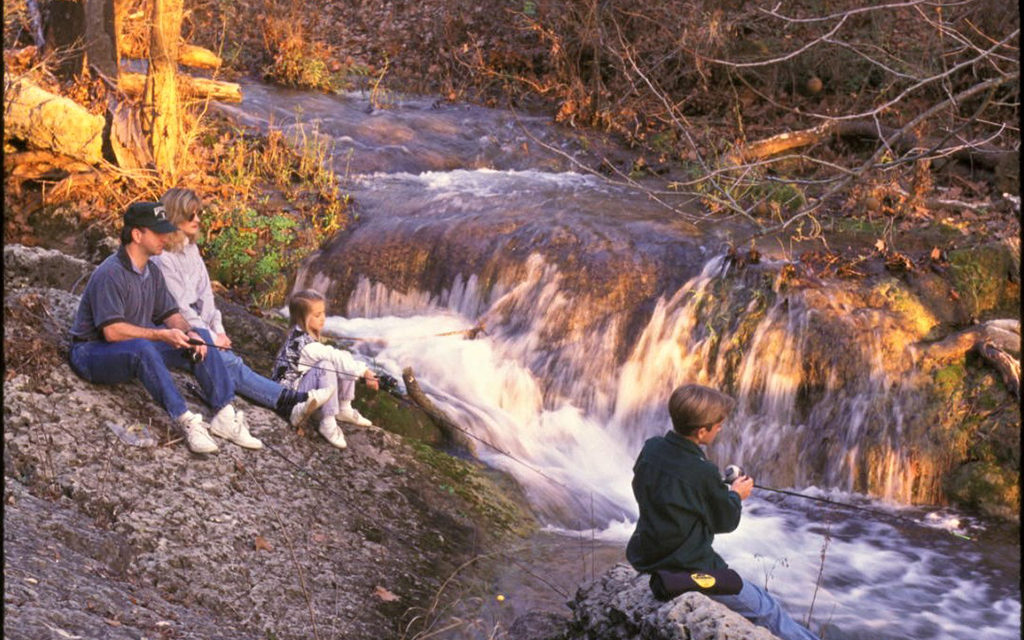We have some of the best and most varied fishing in America.
Of the top ten states in paid fishing licenses purchased, Texas sits at the top. Many non-residents come to Texas just to fish.
I interviewed a man originally from Ohio last week because he had caught 13.96-pound largemouth bass in Lake Austin. That’s rare. He had fished some big waters in the north but raved about Texas fishing.
The variety of species and numbers of fish in our lakes and streams says a lot. The list of state record fish tells the tale. I counted 74 species and subspecies of fish that have made Texas record books. Sure, not all of them are sought after by anglers, but somebody caught at least one or there wouldn’t be a record fish by that name.
But, how come? What makes Texas such a popular place to fish?
Reasons have to include our habitat. Our water is clean. And you don’t need an ice auger to fish it. Our temperatures are usually mild and conducive to fish breeding and growth. But Texas Parks and Wildlife Department (TPWD) deserves the most credit. TPWD fisheries biologists constantly survey populations for trends that need addressing. That leads to regulations. And enforcement of those is ably administered by trained game wardens. The process is evaluated each year at this time, and changes are presented, vetted, and adopted, if appropriate. Public comment is always considered. It’s a dynamic process. Its success lies in the quality of our fishing.
Most of this year’s changes are in north and east Texas. Lake Texoma’s boundary with the inflowing river was delineated due to special regulations in the lake. And special exceptions to statewide walleye regs were eliminated. Alligator gar harvest will be prohibited in May 2023. Transfer of invasive carp as bait was also prohibited in the Red River and tributaries.
On Sam Rayburn, the upstream boundary was also delineated to separate the river from special catfish regs on the lake.
A press release concerned me since it stated that the reg corrected an error in “a suite of lakes,” without identifying them. After doing some checking, the reg deleted an inaccurate, out of date, 12-inch minimum largemouth length limit and established a 16-inch maximum length limit on these lakes: Bellwood, Davy Crockett, Kurth, Mill Creek, Moss, Nacogdoches, Naconiche, Purtis Creek State Park, and Raven.
A new lake, Bois d’Arc (Fannin County), also has the maximum length limit of 16-inches and no minimum length limit. Some ardent bass fishermen could be interested in this lake when opened, since the explosive growth rate of bass in a new lake is always enticing.
Moving southward, in Coleto Creek and Fairfield lakes, red drum regulations will revert to statewide regulations.
The only other reg change was in the definition of striped bass. It deleted reference to white bass and subspecies. TPWD felt this more accurately represents intent of the rules and avoids identification confusion.
And I hope THIS column isn’t confusing to readers.
JJ





